Celebrating 100 years of the Forestry Commission — and 10 of the finest walks on the land they manage
Celebrations are underway for the centenary of the Forestry Commission, which was created in September 1919 in a bid to promote forestry and woodland across the country.
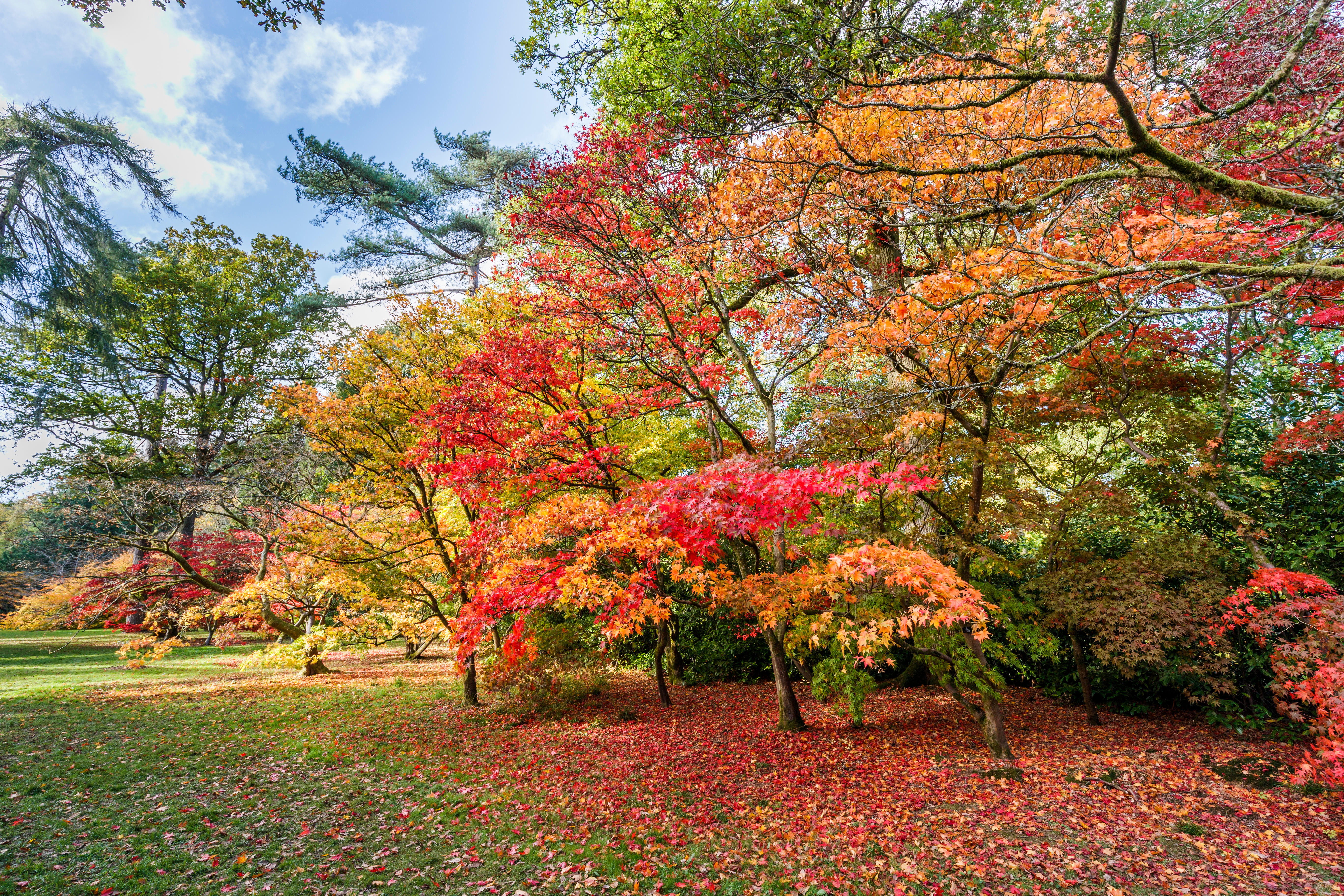

September marks the 100th anniversary of the Forestry Commission and a packed calendar of events is at the heart of the celebrations.
The Commission, which now works through two arms, Forestry Research and Forestry England Forestry England, was established with the Forestry Act of September 1919. The First World War had taken a huge toll and Britain’s woodland cover was at a meagre 5%. Thus, the new body was tasked with creating and managing state-owned forests and developing forestry across the country. Two months later, in December, the first trees — beech and larch — were planted at Eggesford Forest in Devon.
In the following years, the Commission quickly expanded its estate, first when it began to manage the Royal woods, including the New Forest and the Forest of Dean, in 1923, then when it created vast expanses of new woodland, including Western Europe’s largest man-made forest at Kielder, in Northumberland, in 1926.
By 1929, the estate totalled 600,000 acres, of which just under a fourth had been planted by the Commission. But another landmark was soon to be reached — the first National Forest Park opened to the public in Argyll in 1935, nurturing the British tradition of enjoying the great outdoors.
The Second World War once again put pressure on Britain’s woodland but it also had the unexpected side effect of promoting the role of women in forestry: a shortage of male staff saw the Lumber Jills (more formally known as the Women’s Timber Corps) formed in 1942 (although the first female forester would only be appointed in 1976).
In 1956, the Commission acquired one of the biggest jewels in its crown, when it took stewardship of the Westonbirt Arboretum in Gloucestershire — today, one of Britain’s most loved attractions. That very same year, the Commission's one millionth acre was planted, with the Queen and the Duke of Edinburgh both planting a tree at Eggesford Forest, where it had all begun.
Meanwhile, the role of woodland started changing across the UK and the Commission reflected this by appointing its first landscape consultant (in 1963) and wildlife officer (in 1964) and giving the public unlimited access to public forests (also in 1964). In 1977, a group of artists-in-residence was invited at Grizedale Forest to create new work, marking the beginning of a fruitful co-operation that continues to this day. Later, the Commission expanded its focus to conservation and sustainability, with the public forest estate becoming the UK’s largest supplier of sustainable wood in 1999.
Sign up for the Country Life Newsletter
Exquisite houses, the beauty of Nature, and how to get the most from your life, straight to your inbox.
There were also difficult years — in 1975, Dutch elm disease proved unstoppable, killing more than 20 million elms across the country by 1980, and, in 1976, an intense summer drought sparked fires that also destroyed millions of trees. Then in 1987, the Great Storm felled another 50 million — in some places, like the Weald and Suffolk Forest Districts, it took down the equivalent of ten years’ worth of felling.
Now, however, the Commission's Forestry England arm has become ‘the largest single provider of outdoor recreation in England,’ with more than 1,800 miles of waymarked walks and mountain biking trails, plus Go Ape sites, forest cabin stays and a wide range of events — particularly this year.
Among others, the centenary celebrations include the planting of a new tree avenue at Eggesford on December 9 — exactly 100 years after the first trees were planted there — with more glades being created across the rest of the country; the screening of The Custody Code, a film installation by artist Amanda Loomes, which shares stories from a working forest and is being shown at Kielder until December 1; and the hosting of a series of 10-kilometre (about 6.2-mile) runs across forest trails.
Poet Laureate Carol Ann Duffy has also written a new poem to honour forests, two writers, Zakiya Mckenzie and Tiffany Francis, are creating new tree-inspired work after having spent summer in Forestry England's woods and members of the public can post their tribute to beloved trees on the agency's website
Forestry England is also using the centenary as an opportunity to highlight how spending time in a forest can improve mental health and wellbeing. People are encouraged to take part in the Big Forest Find — England's largest survey of forest wildlife — or simply take a walk in their nearest wood.
Discover Forestry England’s top ten autumn walks
1. The autumn trail at Westonbirt Arboretum in Gloucestershire 2. The Be Here Now trail at Bedgebury National Pinetum and Forest in Kent 3. Walk the Tall Trees trail at the New Forest's Blackwater in Hampshire 4. Dales Wood trail at Fineshade Wood in Northamptonshire 5. The Adderson Rigg trail at Dalby Forest in North Yorkshire 6. High Lodge trail at Thetford Forest on the Norfolk to Suffolk borders 7. The Broomfield Loop at Jeskyns Community Woodland in Kent 8. The Look Out at the Moors Valley Country Park in Dorset 9. The Buzzard trail at Wyre Forest in Worcestershire 10. The Tarn Trail at Grizedale Forest in the Lake District
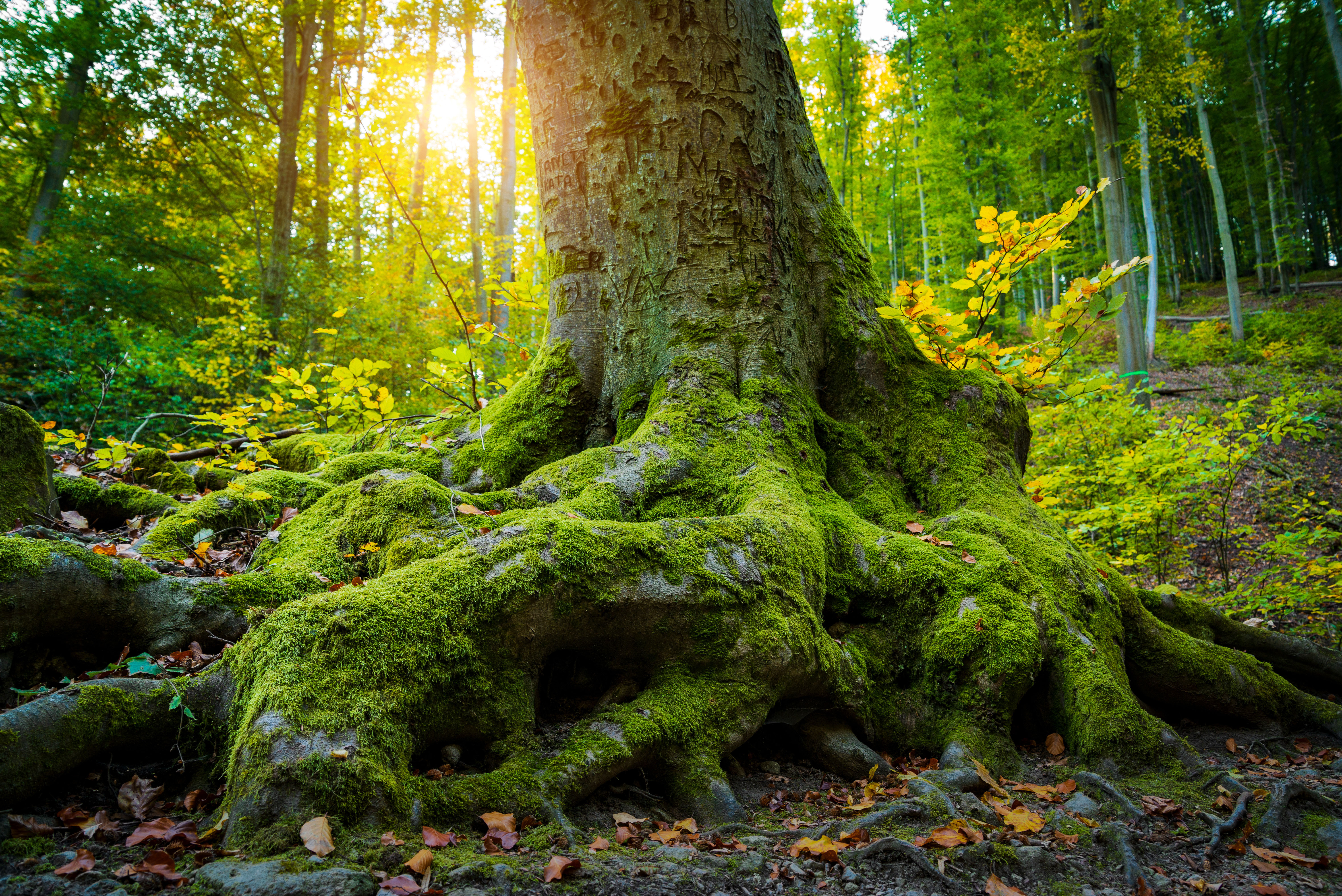
Credit: Getty Images/EyeEm
UK’s forests celebrated with stunning stamp collection
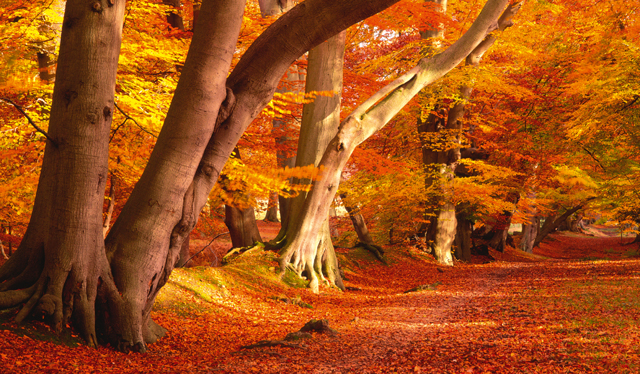
Britain set for stupendous autumn colours thanks to 'perfect conditions' through the summer
Forestry England has predicted an impressive display of autumn colours that will start now and continue through to mid-November.
Carla must be the only Italian that finds the English weather more congenial than her native country’s sunshine. An antique herself, she became Country Life’s Arts & Antiques editor in 2023 having previously covered, as a freelance journalist, heritage, conservation, history and property stories, for which she won a couple of awards. Her musical taste has never evolved past Puccini and she spends most of her time immersed in any century before the 20th.
-
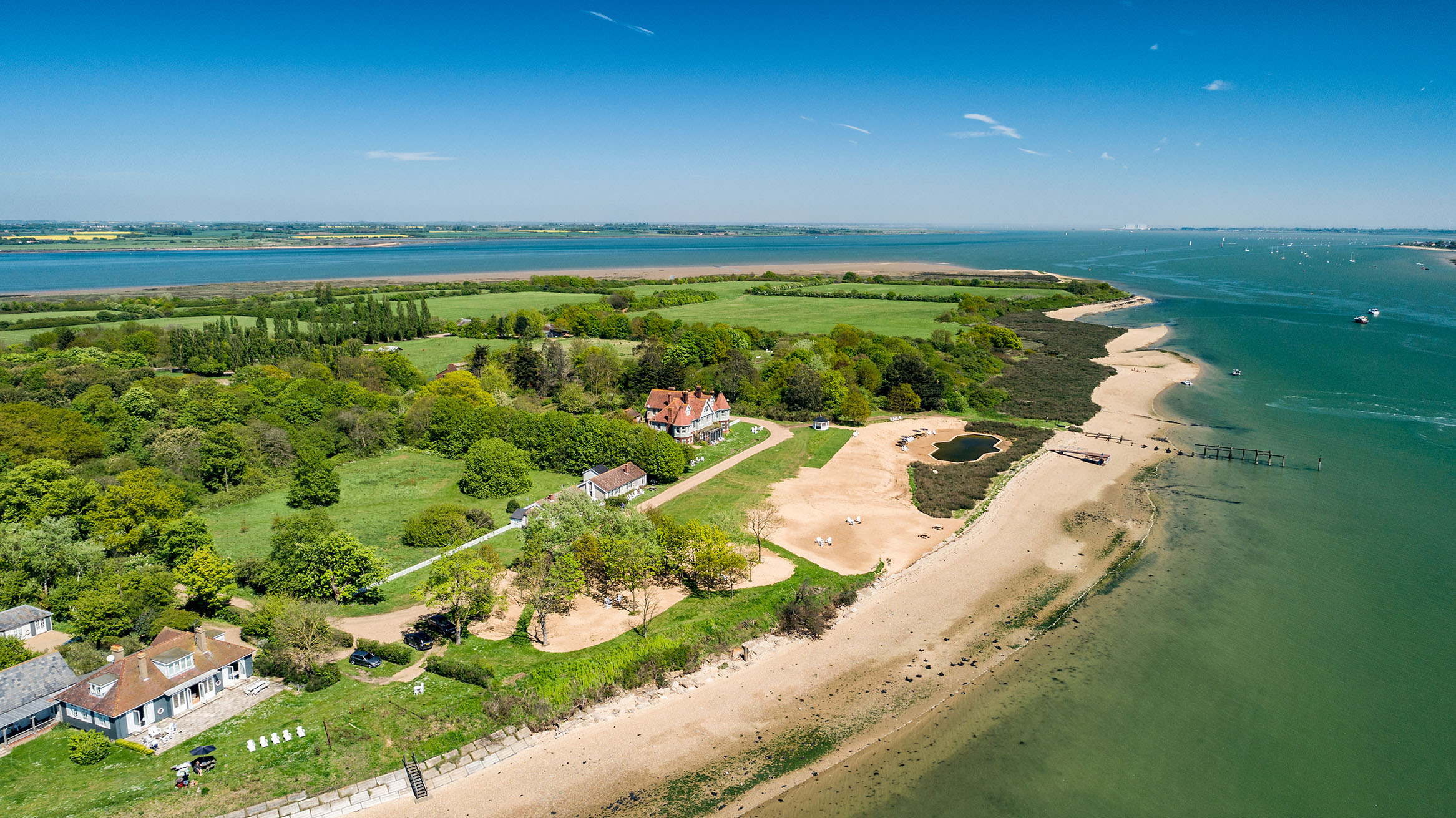 380 acres and 90 bedrooms on the £25m private island being sold by one of Britain's top music producers
380 acres and 90 bedrooms on the £25m private island being sold by one of Britain's top music producersStormzy, Rihanna and the Rolling Stones are just a part of the story at Osea Island, a dot on the map in the seas off Essex.
By Lotte Brundle
-
 'A delicious chance to step back in time and bask in the best of Britain': An insider's guide to The Season
'A delicious chance to step back in time and bask in the best of Britain': An insider's guide to The SeasonHere's how to navigate this summer's top events in style, from those who know best.
By Madeleine Silver
-
 You're having a giraffe: Country Life Quiz of the Day, April 25, 2025
You're having a giraffe: Country Life Quiz of the Day, April 25, 2025Friday's Quiz of the Day brings your opera, marathons and a Spanish landmark.
By Toby Keel
-
 Country houses, cream teas and Baywatch: Country Life Quiz of the Day, April 24, 2025
Country houses, cream teas and Baywatch: Country Life Quiz of the Day, April 24, 2025Thursday's Quiz of the Day asks exactly how popular Baywatch became.
By Toby Keel
-
 The loos of Buckingham Palace: Country Life Quiz of the Day, April 23, 2025
The loos of Buckingham Palace: Country Life Quiz of the Day, April 23, 2025Wednesday's Quiz of the Day looks at St George, royal toilets and German alcohol laws.
By Toby Keel
-
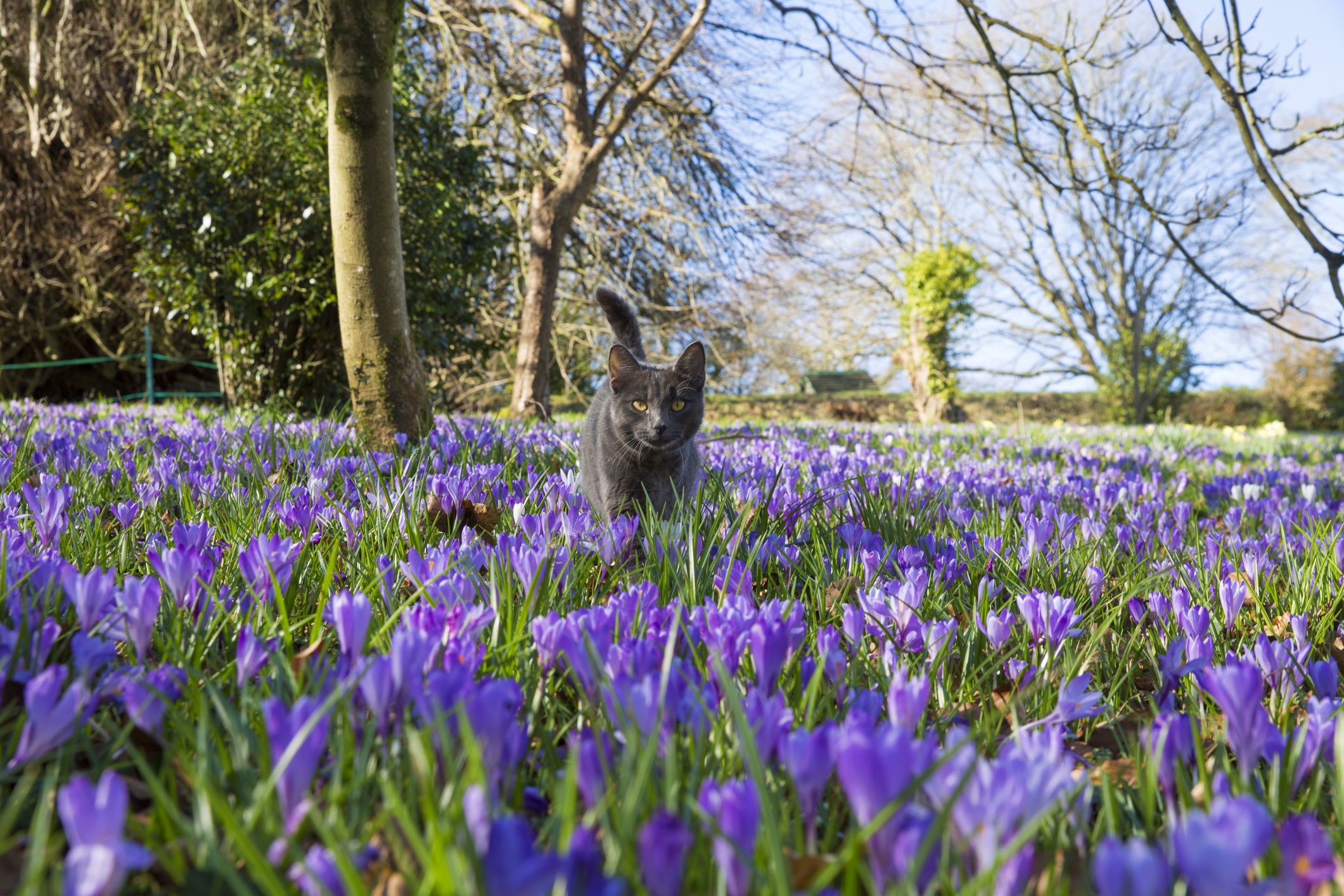 The King's favourite tea, conclave and spring flowers: Country Life Quiz of the Day, April 22, 2025
The King's favourite tea, conclave and spring flowers: Country Life Quiz of the Day, April 22, 2025Tuesday's Quiz of the Day blows smoke, tells the time and more.
By Toby Keel
-
 Chocolate eggs, bunnies and the Resurrection: Country Life Quiz of the Day, April 18, 2025
Chocolate eggs, bunnies and the Resurrection: Country Life Quiz of the Day, April 18, 2025Friday's quiz is an Easter special.
By James Fisher
-
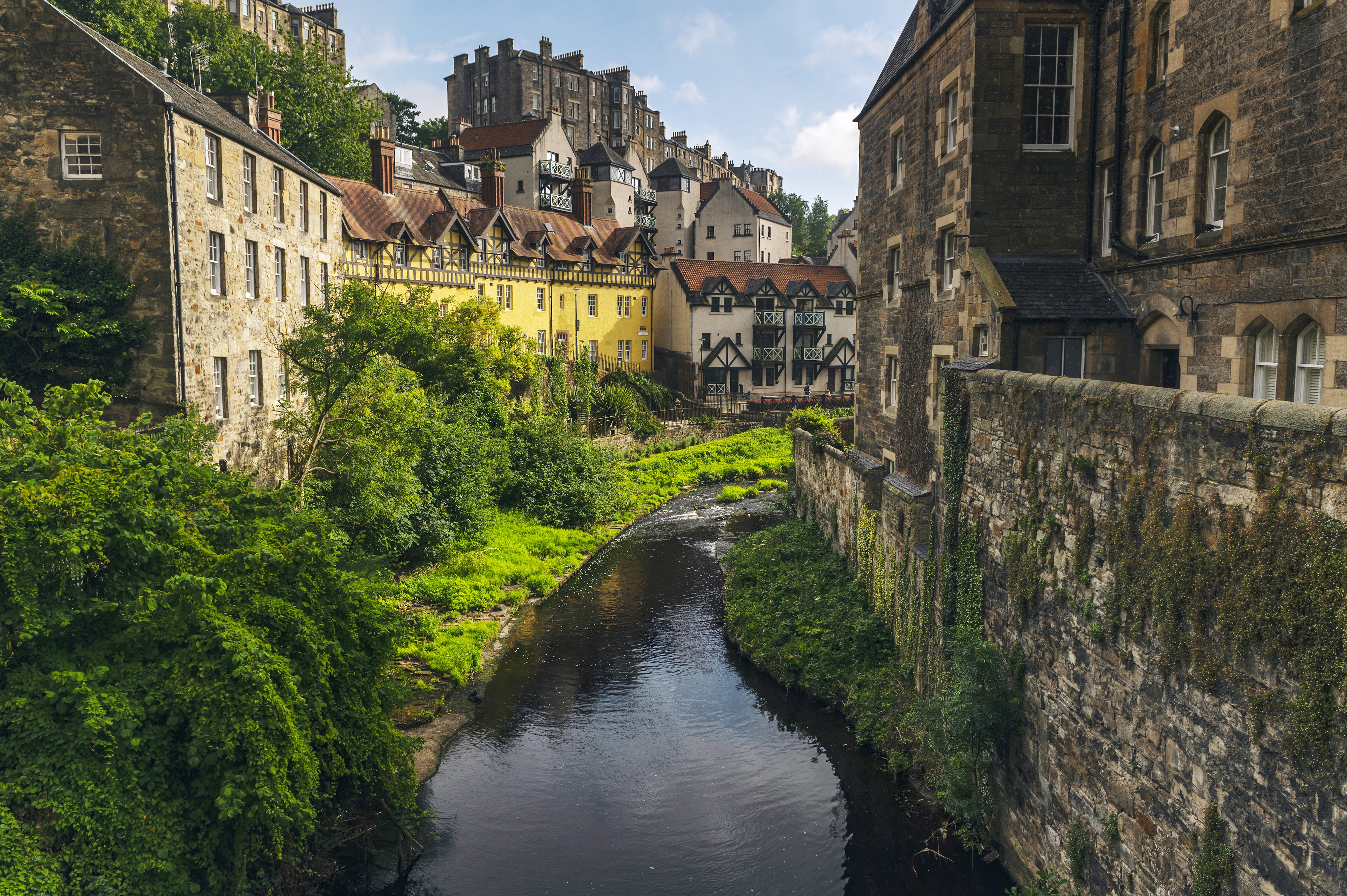 Human teeth, Scottish cities and a visit from Caesar: Country Life Quiz of the Day, April 17, 2025
Human teeth, Scottish cities and a visit from Caesar: Country Life Quiz of the Day, April 17, 2025Thursday's quiz tests your knowledge on a certain Prime Minister's last words, obscure artistic movements and royal weddings.
By Rosie Paterson
-
 The Great Gatsby, pugs and the Mitford sisters: Country Life Quiz of the Day, April 16, 2025
The Great Gatsby, pugs and the Mitford sisters: Country Life Quiz of the Day, April 16, 2025Wednesday's quiz tests your knowledge on literature, National Parks and weird body parts.
By Rosie Paterson
-
 The battle of the bridge, Balloon Dogs and flat fish: Country Life Quiz of the Day, April 15, 2025
The battle of the bridge, Balloon Dogs and flat fish: Country Life Quiz of the Day, April 15, 2025Tuesday's quiz tests your knowledge on bridges, science, space, house prices and geography.
By James Fisher
